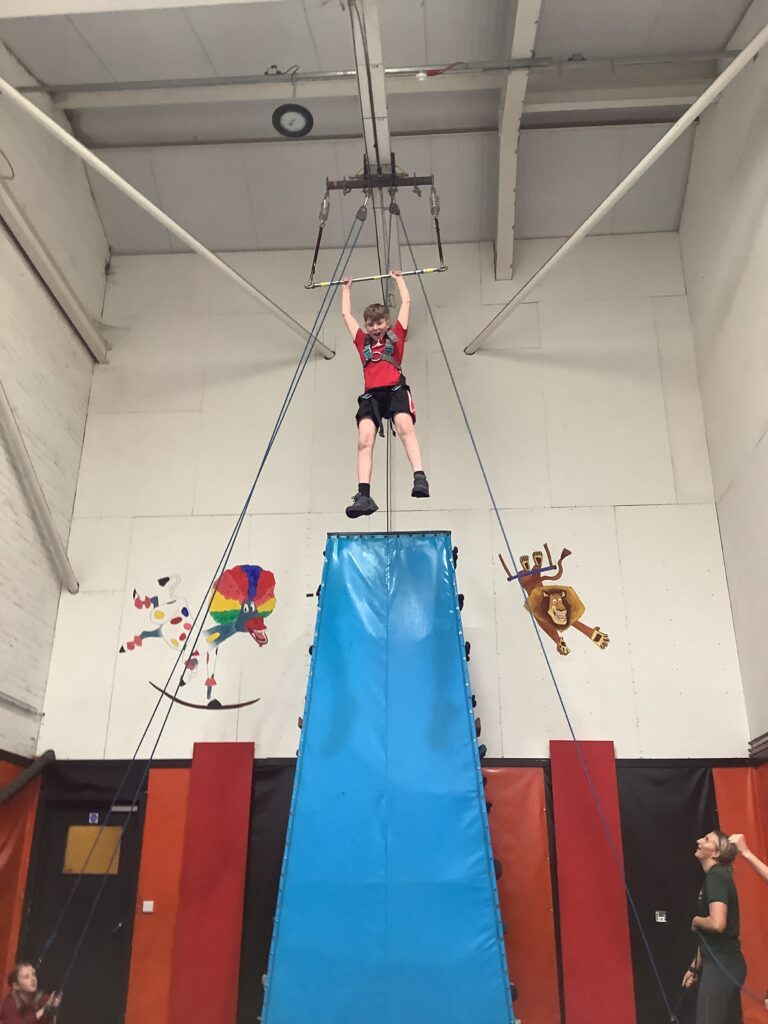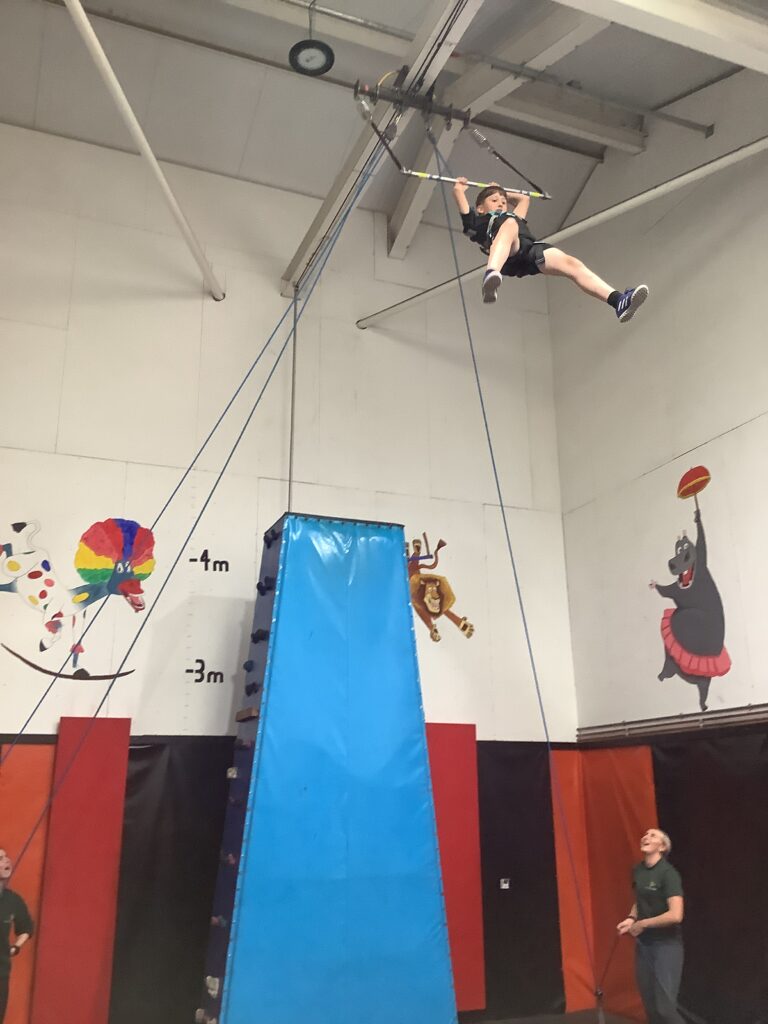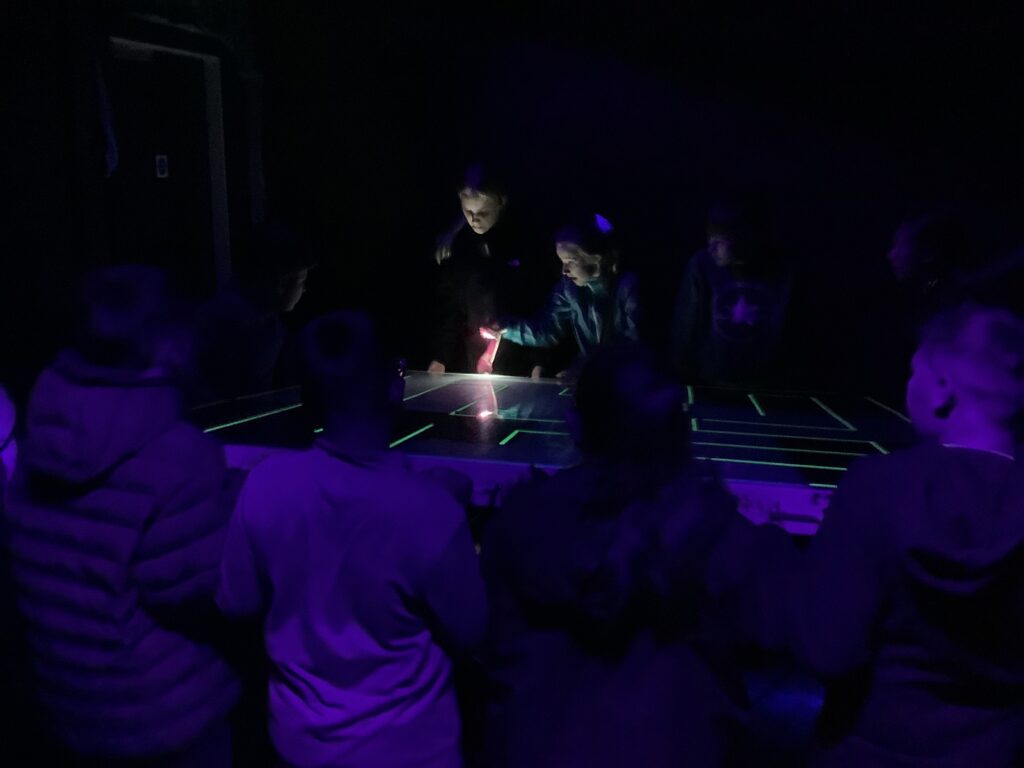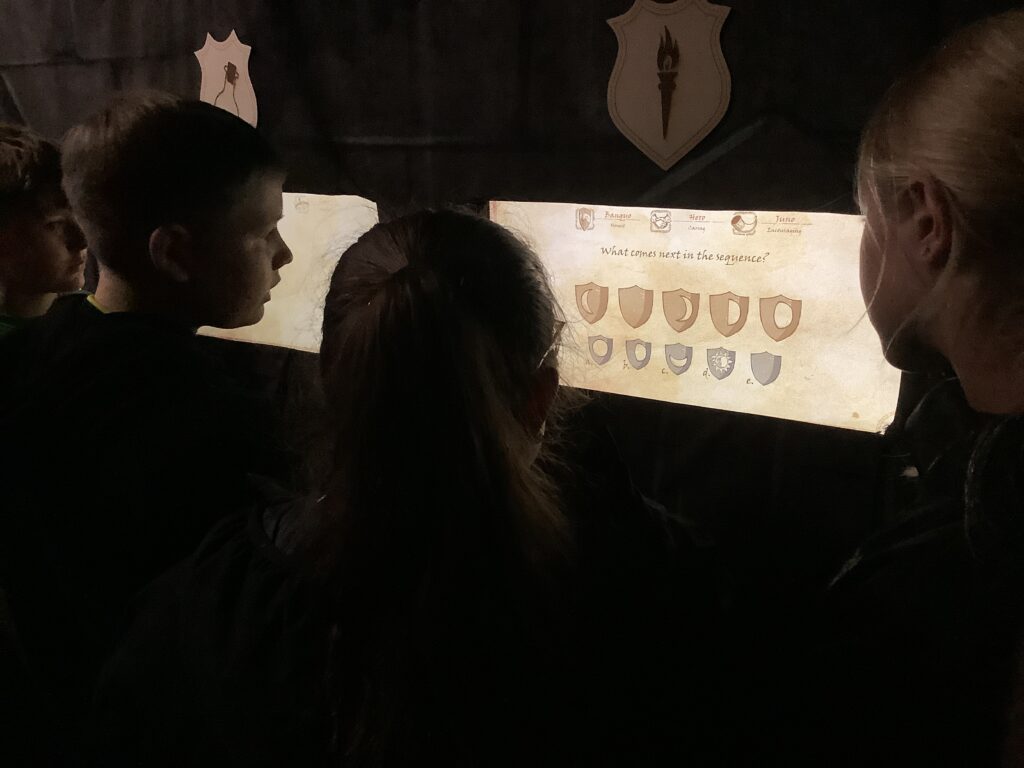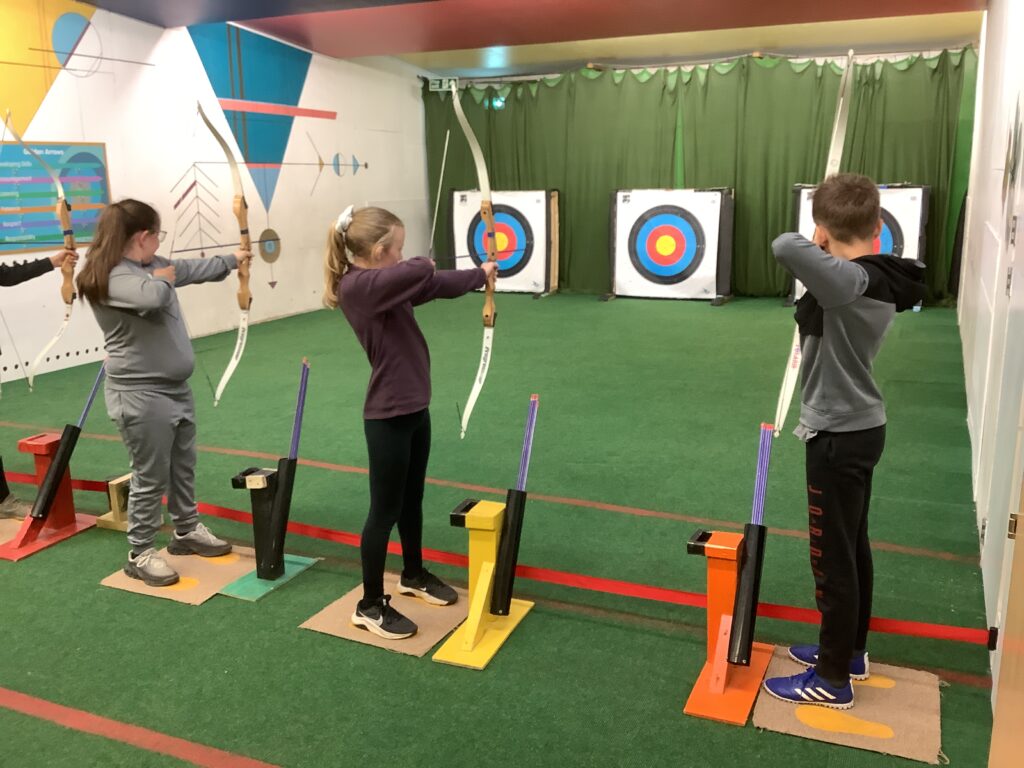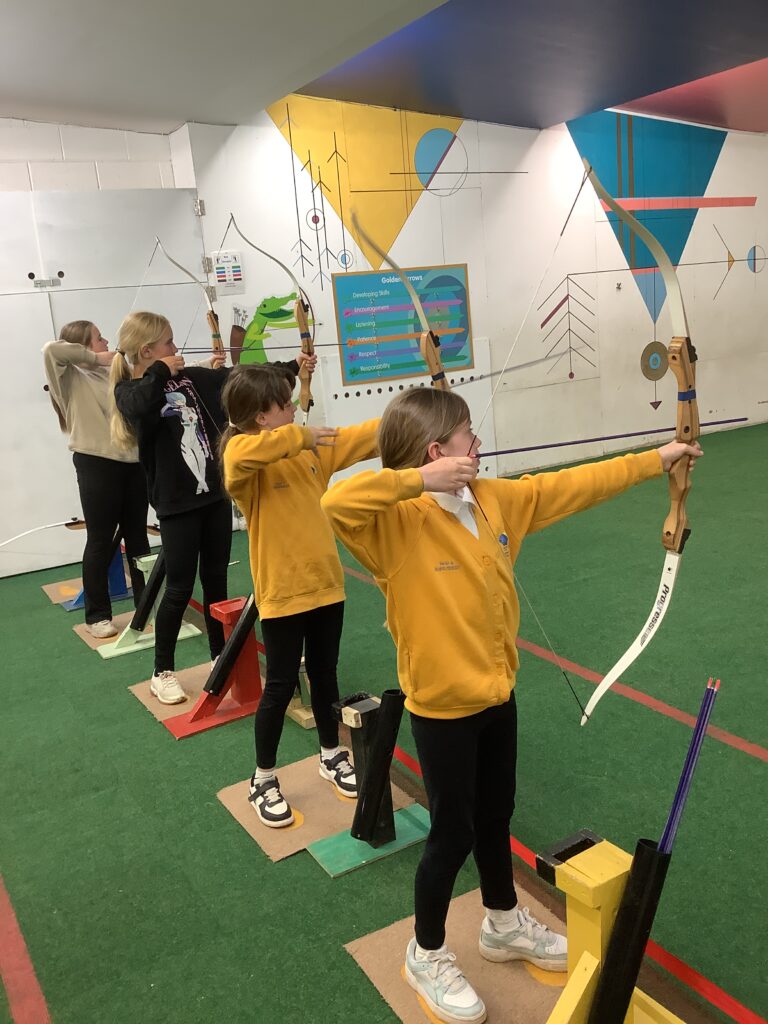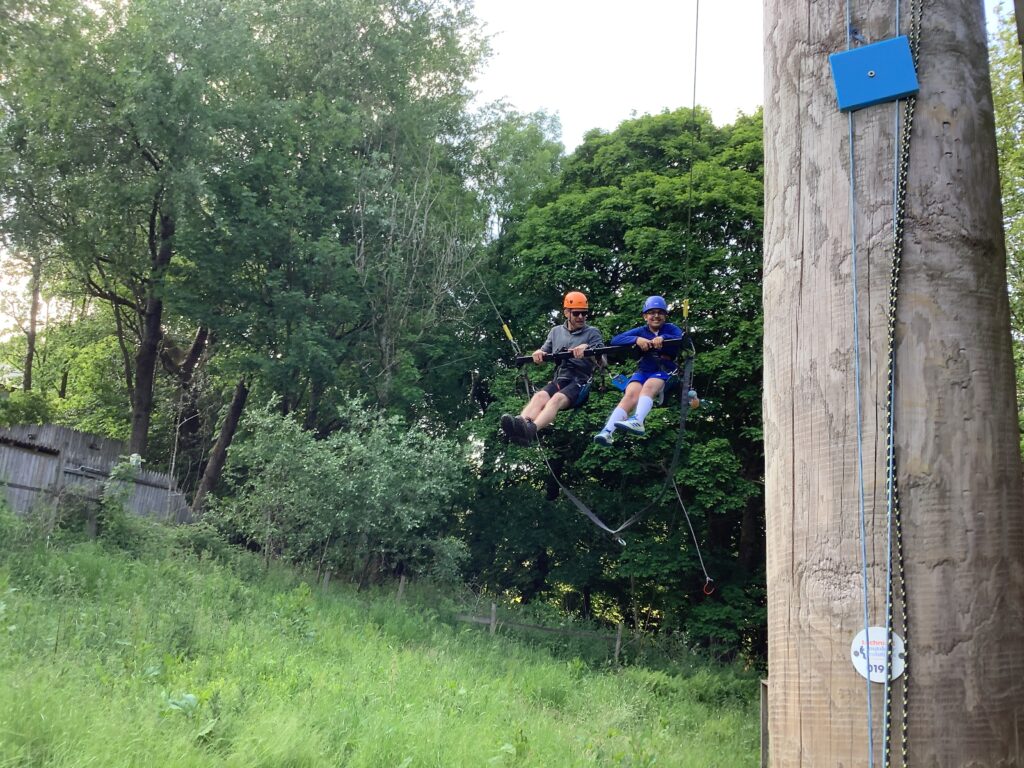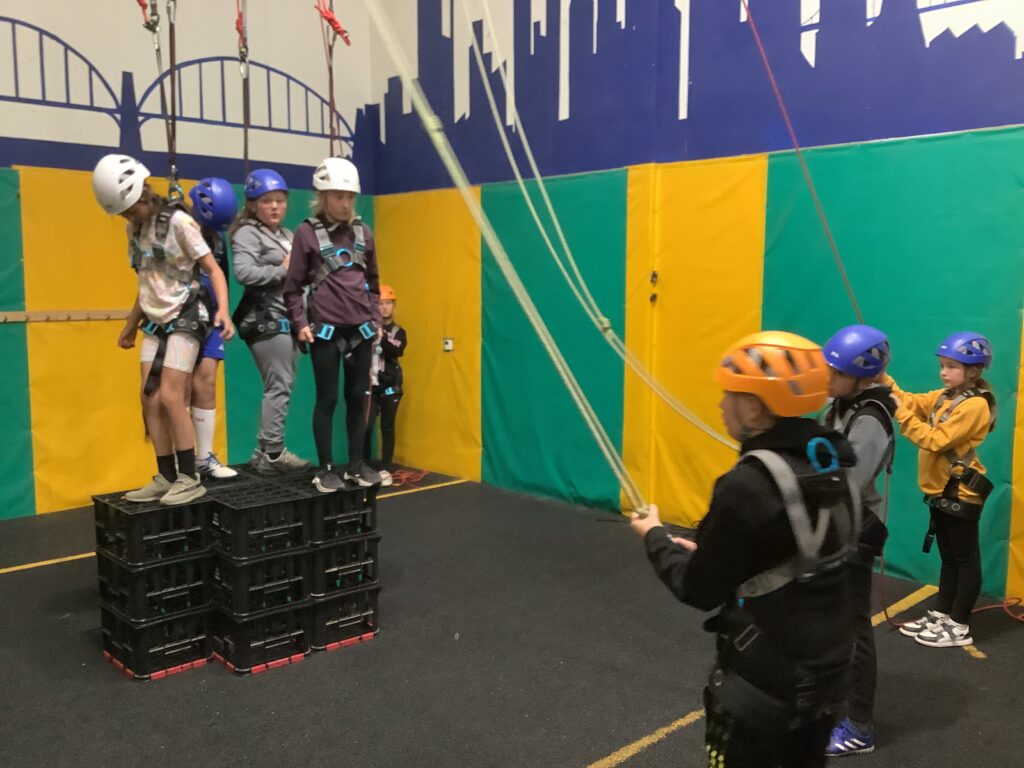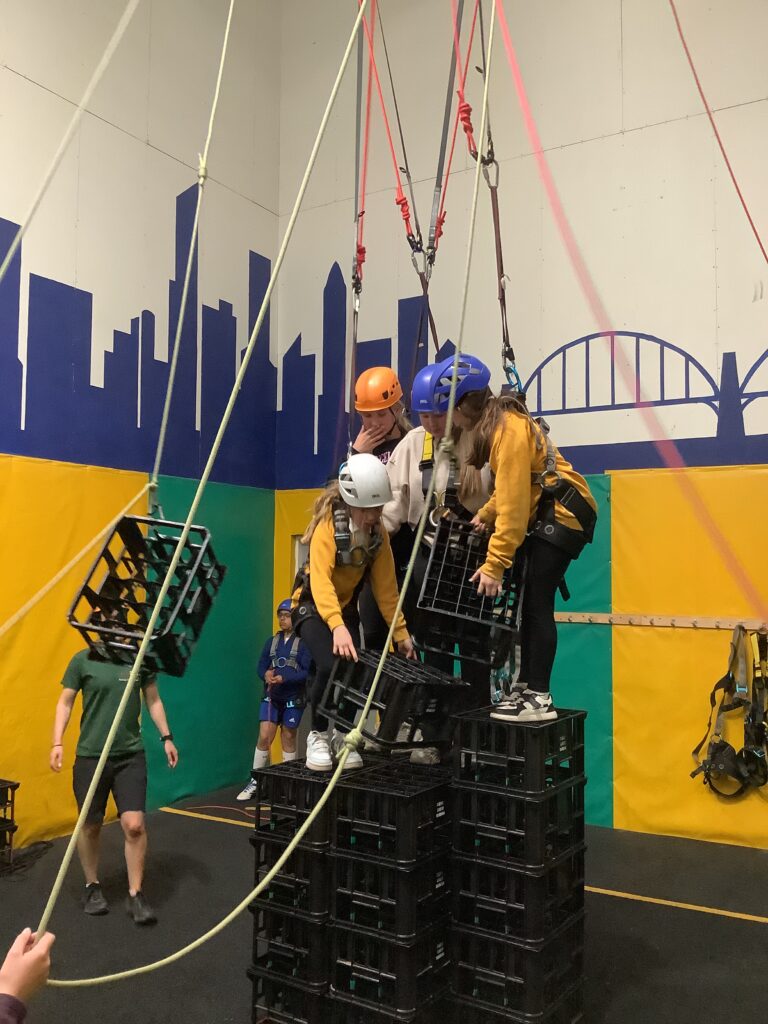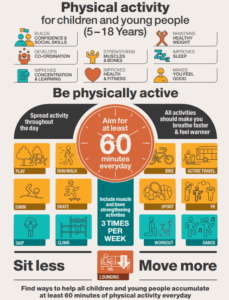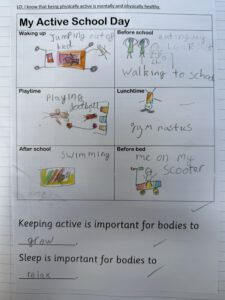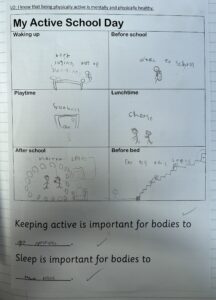We’ve had another fantastic day at Robinwood. The rain didn’t hamper our day of exciting activities.
First, we braved the elements to tackle Night Line, a blindfolded obstacle course. The children impressed me with their teamwork and communication.
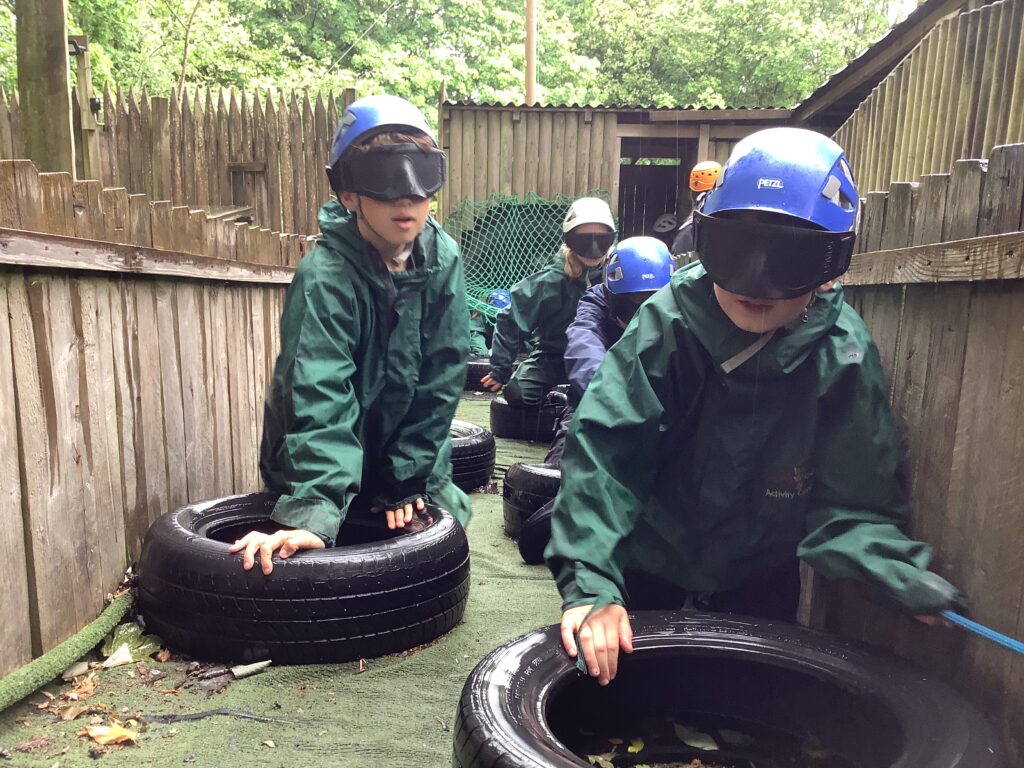
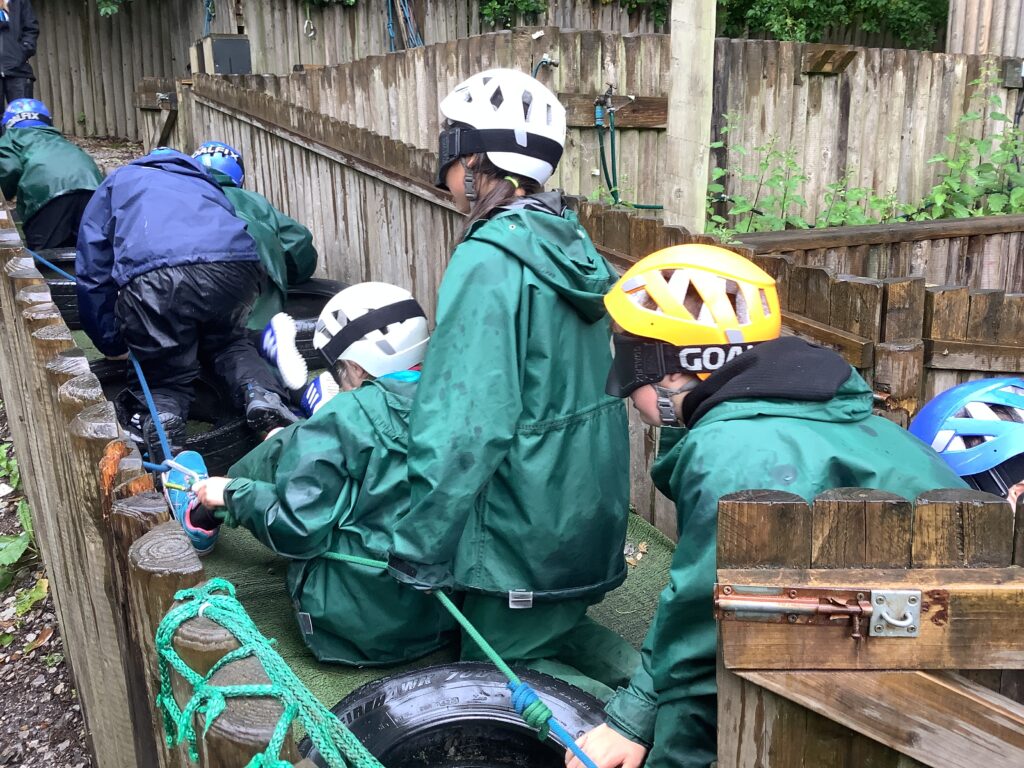
Next, we took on the Piranha Pool – an escape room with some challenging puzzles and a watery twist. The children navigated the obstacles skilfully and escaped the room before the piranhas were released!
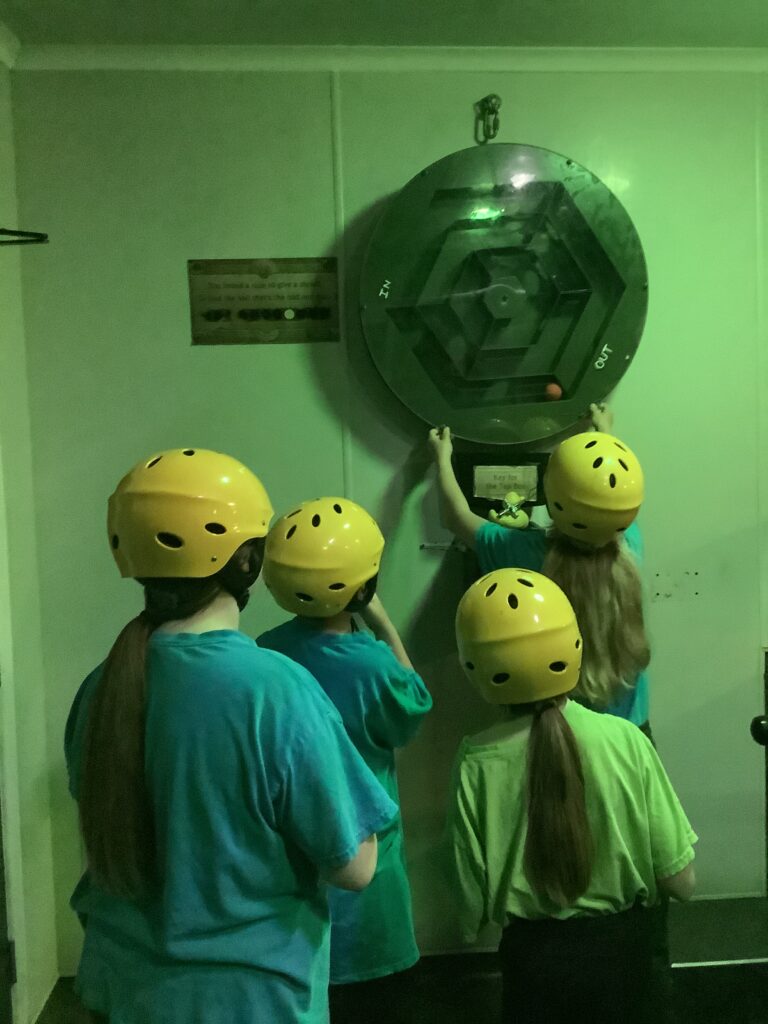
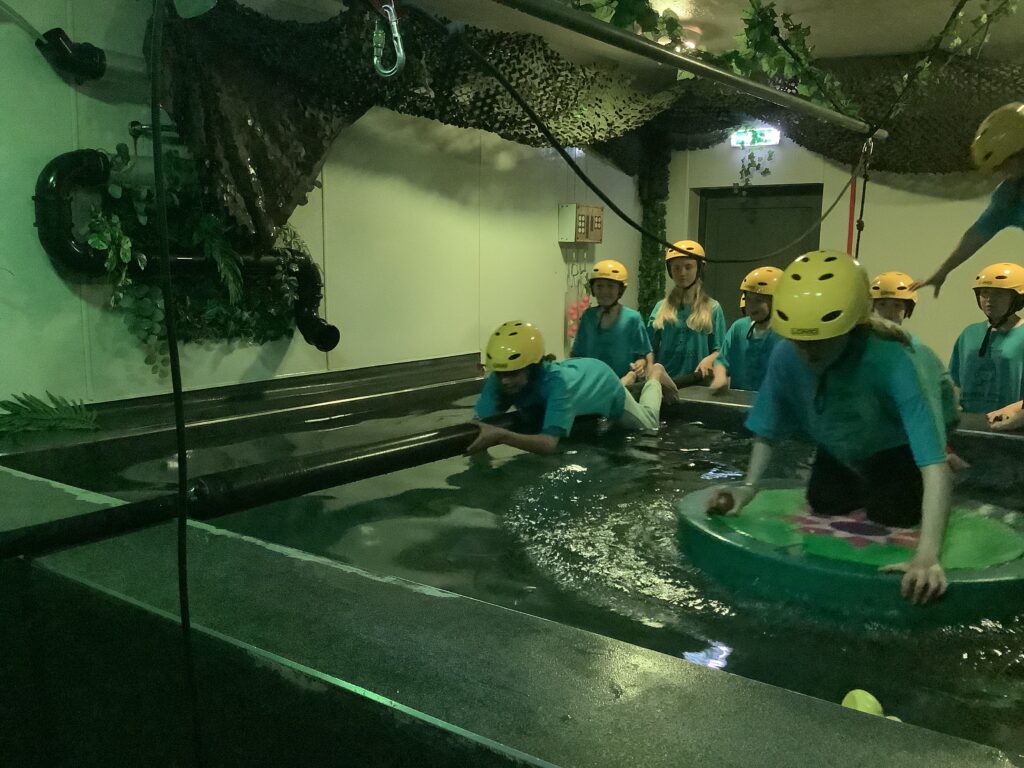
Our busy morning of teamwork continued with the Knight’s Quest – a puzzle to prove worthiness of being a knight of the realm.
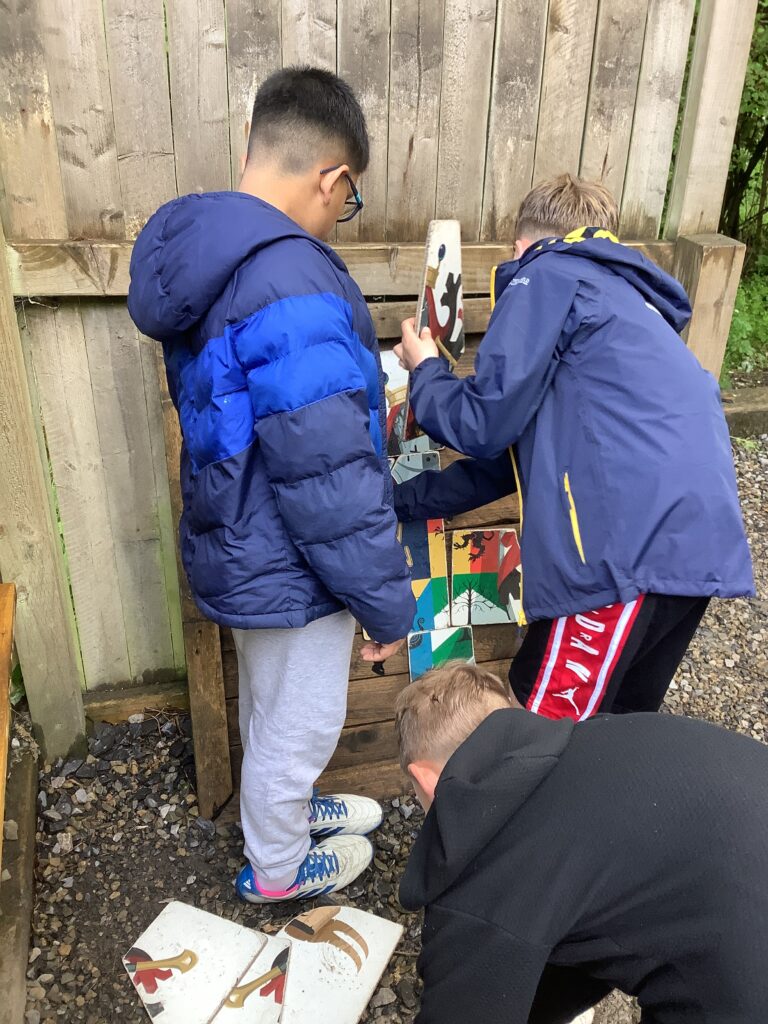
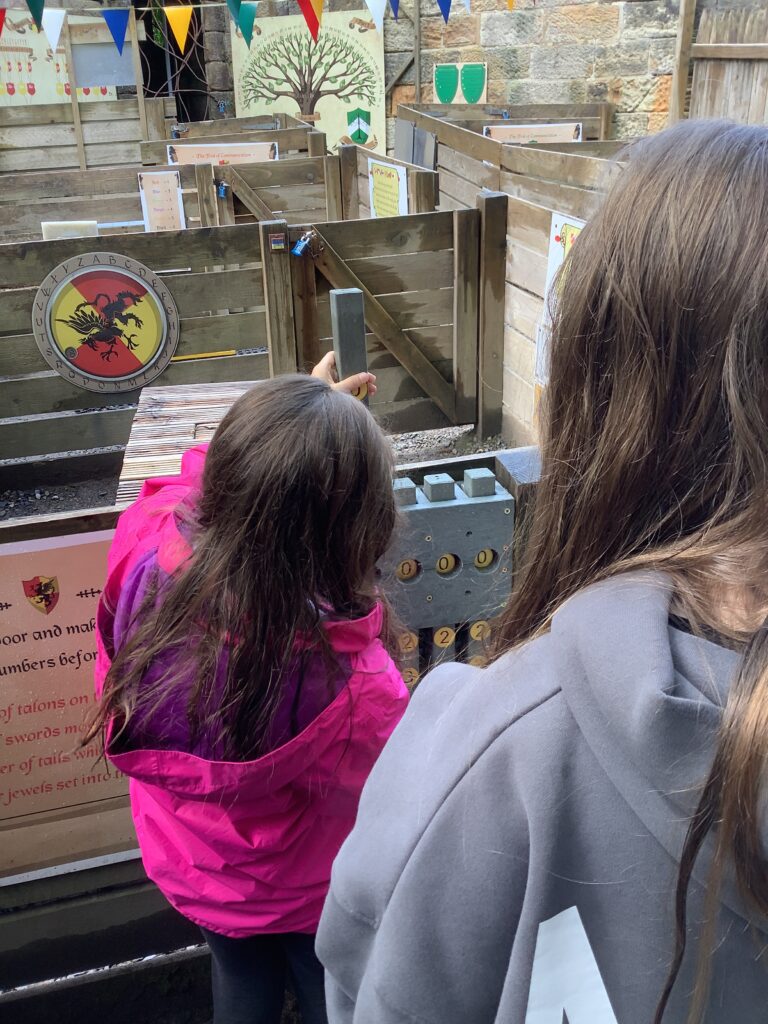
After lunch, it was the eagerly anticipated zip wire. We had a blast!
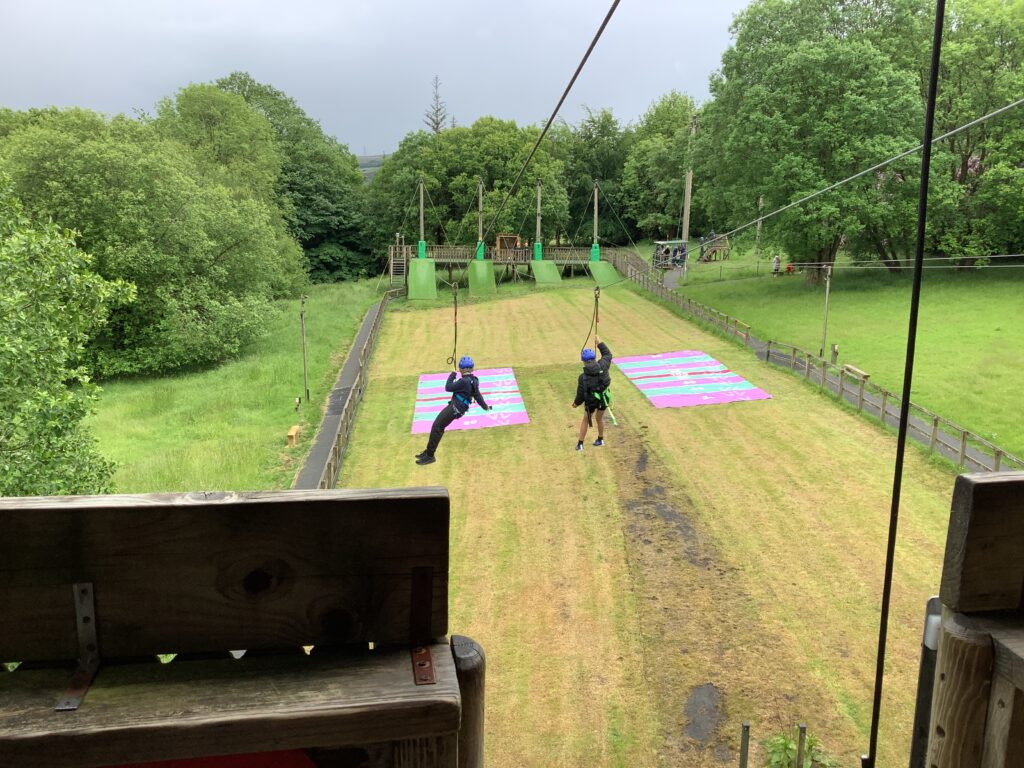
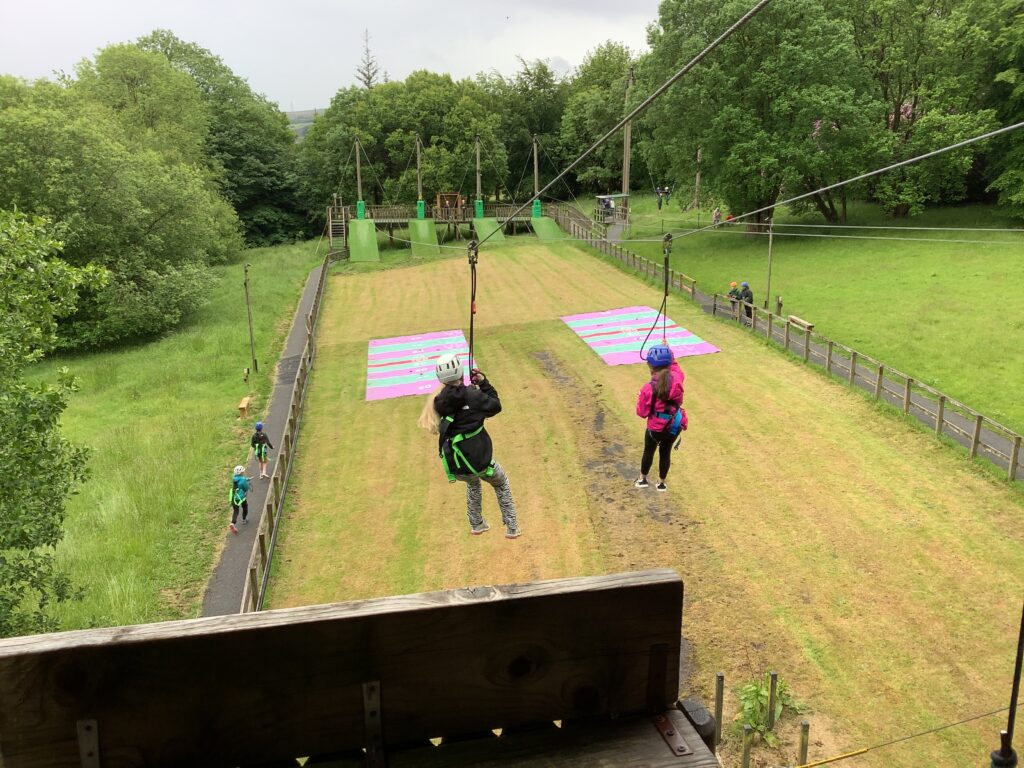
Our busy day continued on the climbing wall. The children embraced the challenge enthusiastically and demonstrated some impressive skills.
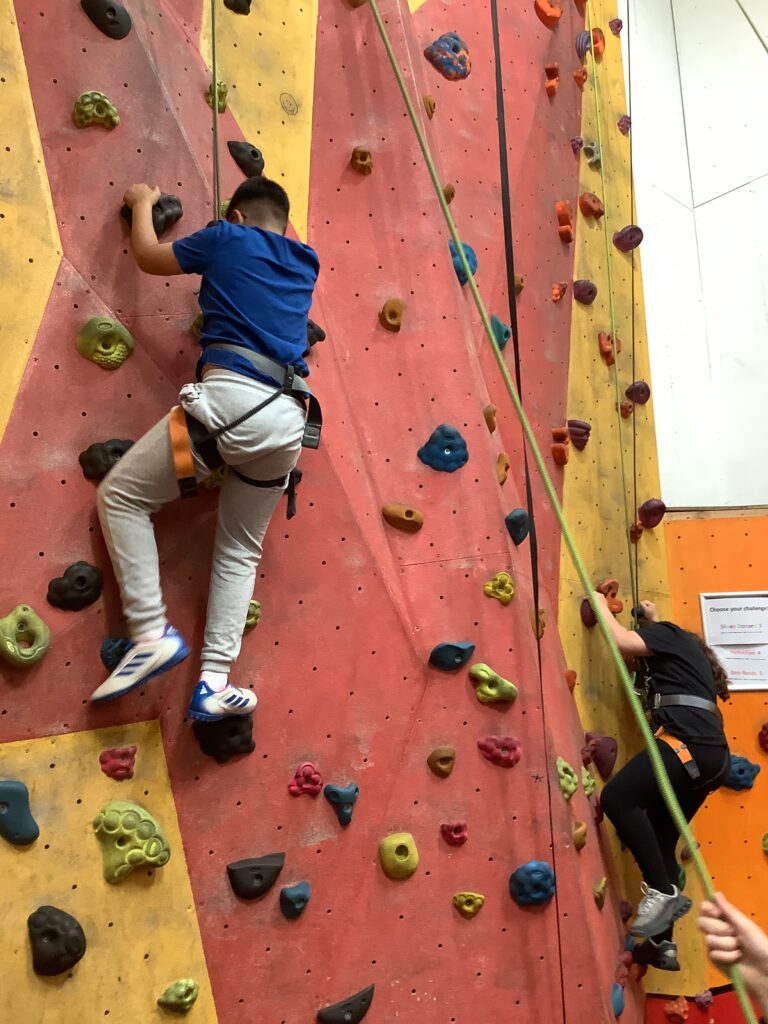
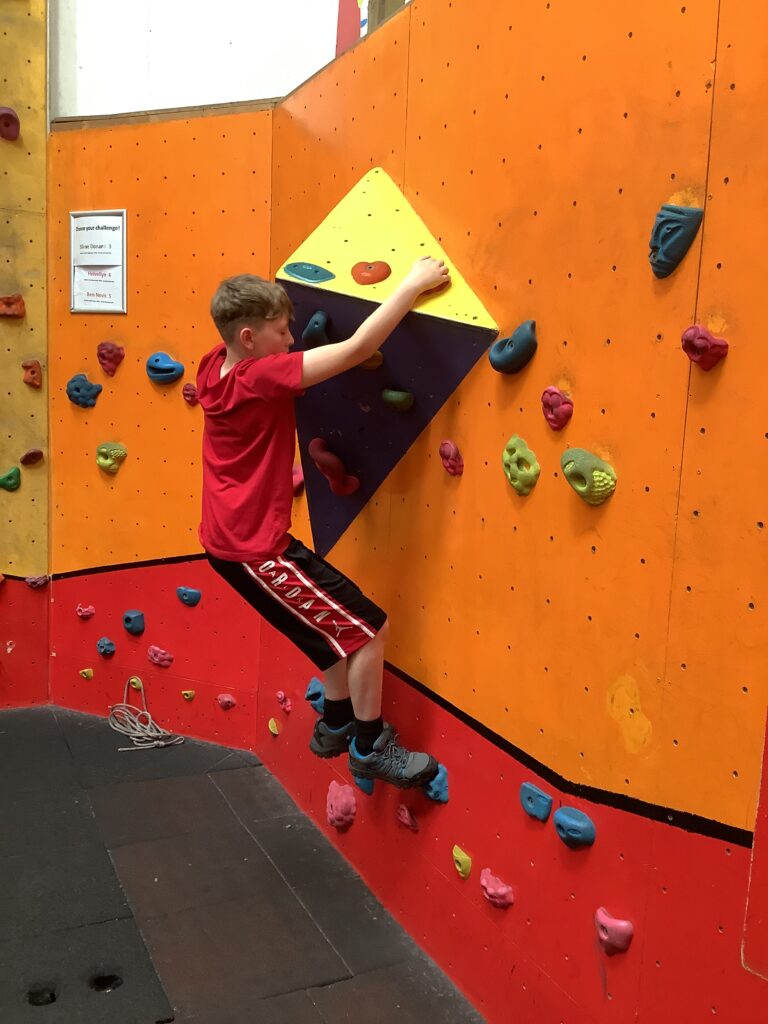
We rounded off the day with the knee-trembling trapeze. This pushed the children out of their comfort zone. They overcame fears and cheered each other on – I was so impressed by the support they showed one another!
